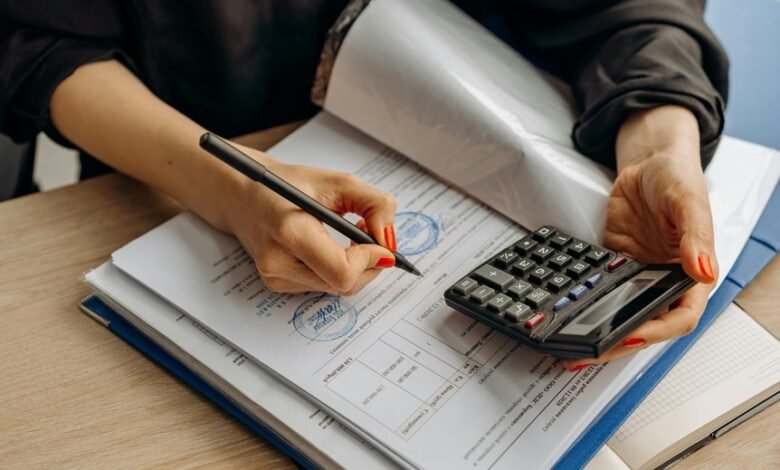Defense Response Compliance Caller Verification Division 3511463319 3487518835 3517652955 3501563195 3512207779 3512366465

The Defense Response Compliance Caller Verification Division comprises several critical units tasked with overseeing caller verification protocols. This division is essential for maintaining security standards within organizations. Its focus on compliance is vital for protecting sensitive information. As threats evolve, the effectiveness of these verification systems remains under scrutiny. The implications of these processes extend beyond immediate security measures, raising questions about future advancements in technology and methodology. What might these innovations entail?
Importance of Caller Verification in Modern Communication
Although advancements in communication technology have facilitated instantaneous connectivity, the necessity for caller verification has become increasingly critical.
Caller authentication serves as a vital mechanism for identity assurance, protecting individuals and organizations from fraud and misinformation.
As communication channels proliferate, the imperative for robust verification processes grows, ensuring that interactions remain secure and trustworthy, thus preserving the fundamental right to freedom in communication.
Technology and Protocols Used for Verification
Advancements in technology have given rise to a variety of protocols designed specifically for caller verification.
Key components include biometric authentication, which enhances security through unique physical traits, and machine learning algorithms that continuously improve verification accuracy.
These technologies work synergistically to create robust systems capable of distinguishing genuine callers from potential threats, thereby fostering a safer communication environment while respecting individual privacy rights.
Impact on Organizational Security
The implementation of caller verification technologies significantly enhances organizational security by minimizing the risk of unauthorized access and fraud.
By effectively mitigating potential security breaches, these systems serve as a robust barrier against identity theft.
Consequently, organizations can foster a more secure environment, ensuring that sensitive information remains protected and thereby preserving trust among stakeholders and clients who value their privacy and security.
Future Trends in Caller Verification Systems
Emerging technologies are poised to transform caller verification systems, shaping the future landscape of organizational security.
Biometric authentication, such as voice and facial recognition, promises enhanced accuracy and user convenience.
Additionally, machine learning algorithms will analyze patterns in caller behavior, improving threat detection and response mechanisms.
These advancements will foster a more secure environment while empowering individuals with greater control over their personal information.
Conclusion
In conclusion, the Defense Response Compliance Caller Verification Division exemplifies essential efforts in enhancing organizational security through systematic scrutiny of caller verification protocols. By prioritizing prevention, protection, and precision, this division not only fortifies frameworks against fraud but also fosters a culture of compliance and confidence. As technology evolves, the ongoing commitment to caller verification will be pivotal in preserving privacy and promoting proactive security measures, ensuring a safer communication landscape for all stakeholders involved.




